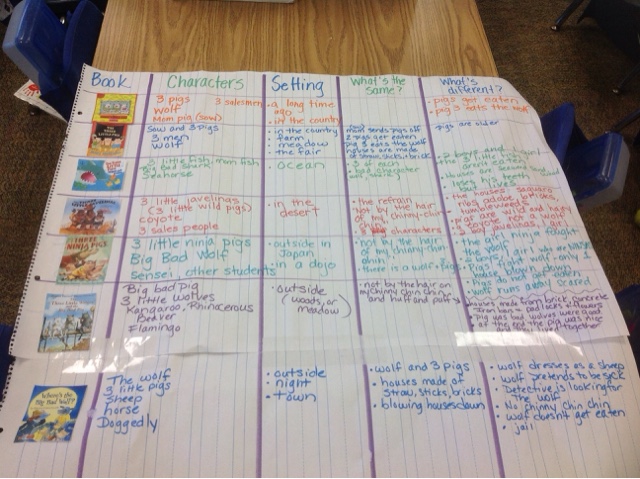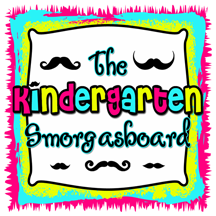I have been teaching for 16 years. I have taught a total of 6 different grade levels or programs. That being said I have acquired a lot of...materials. Yes, that's what we'll call it. At the end of last year I weeded some things out and either pitched them or donated them. But even with all that, I still have materials that need a better place to be stored.
Let me also add that I teach Kindergarten in a small room with very little storage. I have a closet and three under-the-counter cabinets. That's it. Last year I had 25 students and had to find room for a fifth table. My room was crowded - I will admit. So for this coming year I have decided to get creative with my storage.
I have seen the milk crate seats on Pinterest, but I wanted more storage than they could offer. I found my answer while pinning one night this summer. I followed a pin about guided reading and it led me to a picture of DeeDee Wills' classroom. Right there was my storage solution. She had made seats out of storage tubs. I could do that.
So I gathered my materials. I bought my tubs at Target. I found some tubs that had a recess in the top.
I bought my material and padding at Hobby Lobby. The padding was my biggest expense - but I wanted my Kinders to be comfy. (But I did use my 40% off coupon to save a little $.)
The hubby got the wood for me in the scrap bin at Menards - yeah, money saving hubby! My hubby cut the wood for me, but you could also pull the teacher card and ask them to cut it for you at the hardware store. We had a hot glue gun and staple gun at home.
I hot glued the padding to my wood boards so that it wouldn't move when I wrapped it with the fabric. I then laid it padding side down on the fabric. My hubby helped me staple the fabric down. I needed his muscles since I still have restrictions from my back surgery earlier this year.
And voila! A seat for my guided reading table as well as a ton of storage since I made 5 of them!















